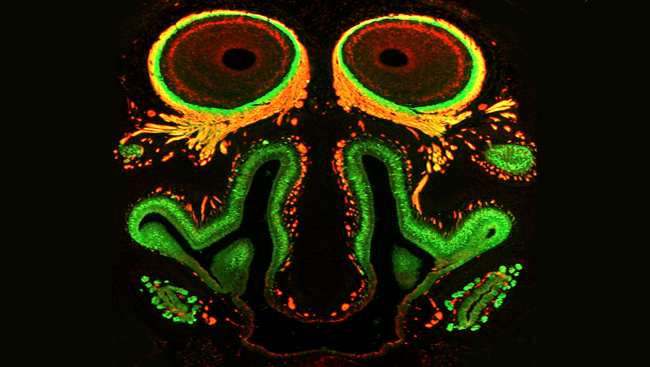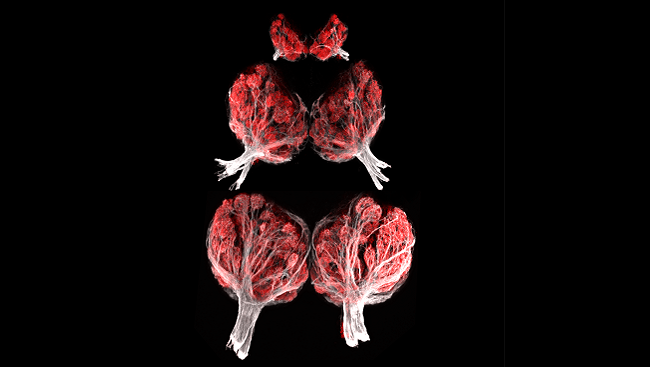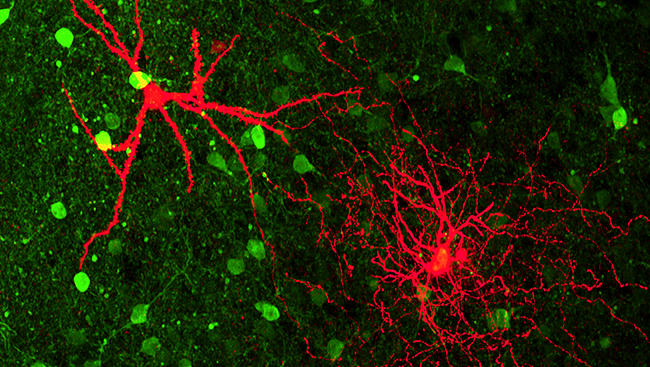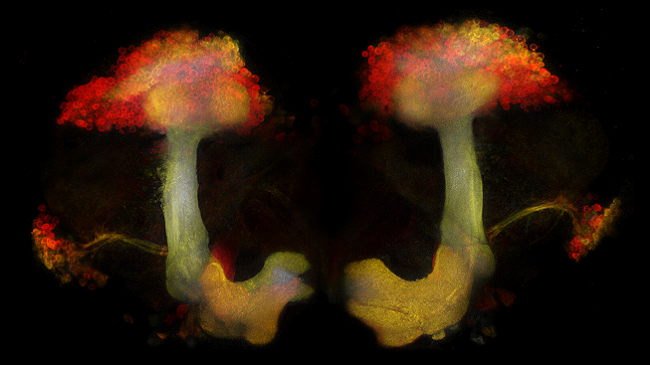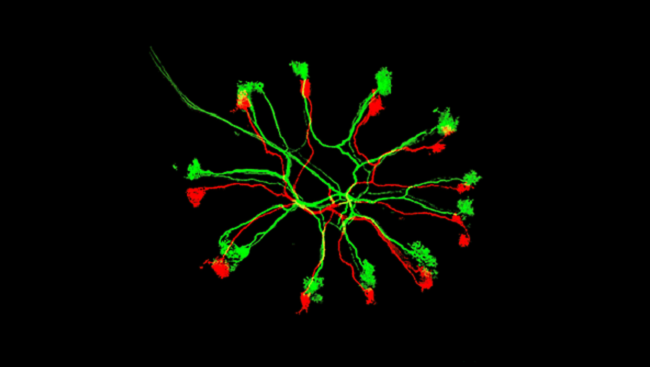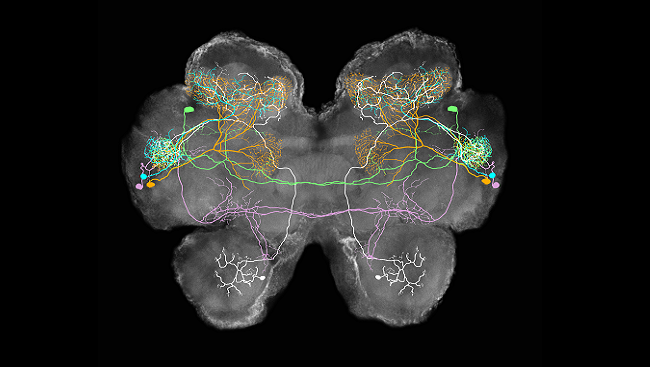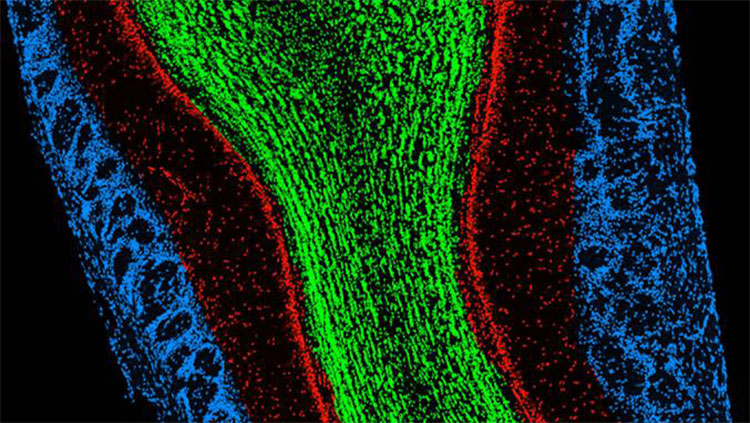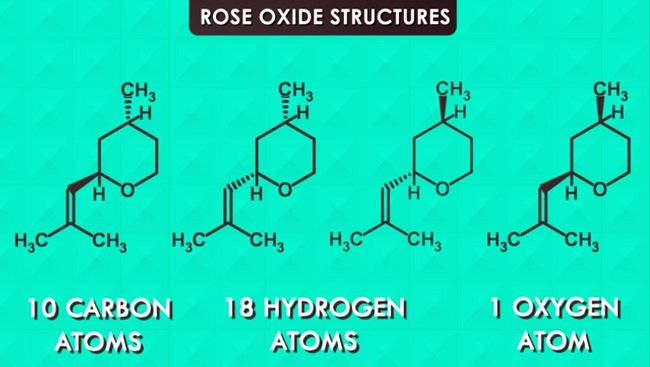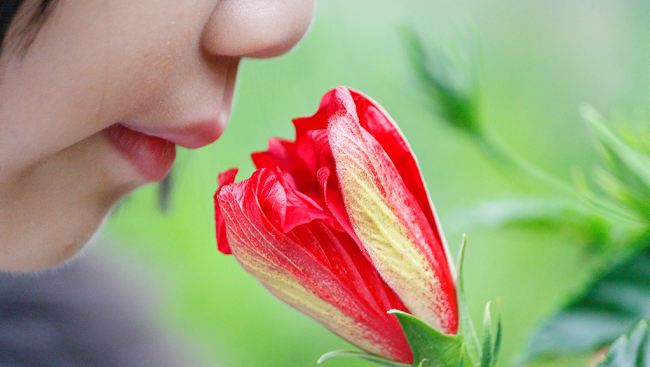Scoping Out Smell
- Published12 Dec 2016
- Reviewed12 Dec 2016
- Author Michael W. Richardson
- Source BrainFacts/SfN
Though your sense of smell is much less powerful than your pet dog’s abilities, researchers have shown that the human brain can recognize at least one trillion different smells! That’s thanks to a complex web of nerve cells and brain circuits called the olfactory system. Check out some of our favorite images of the olfactory system in action, and learn more about how the brain processes smells in this roundup.
Browse through the images and their descriptions. Click on the link in each caption to read the full articles.
See more images in our archive:Image of the Week
CONTENT PROVIDED BY
BrainFacts/SfN
Also In Smell
Trending
Popular articles on BrainFacts.org


